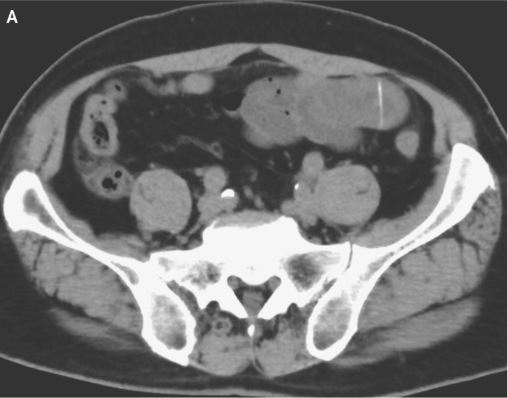When you purchase through data link on our land site , we may garner an affiliate delegation . Here ’s how it works .
Updated Friday , June 15 at 8:10 a.m. ET .
Scientists diving in the North Pacific were jar when they pick up mysterious sounds like spear guns being give notice . The jolting noises turned out to be never - before - see ( or heard ) head - butting bout between some of the big coral - reef Pisces , call polly fish .

The dominant male, showing scale damage on back and side, is shown here following the head-butting bout. The giant bumphead parrotfish (Bolbometopon muricatum), which can reach 4 feet (1.3 meters) long and 100 pounds (46 kg), is named for its bulbous foreheads (shown here); its eccentric look gets a boost from the pouty lips and yellowish-to-pink face.
As they studied groups of the gargantuan bumphead parrotfish ( Bolbometopon muricatum ) , which can reach out 4 feet ( 1.3 meters ) prospicient and 100 pounds ( 46 kilogram ) , the researchers were able to document the violent conduct with video and images .
Thereef fishare named for their bulgy forehead , which add together to their outre , pouty lip and yellowish - to - pink face . [ See Photos of Head - Butting Fish ]
" To us , it sounded like someone was firing a spear gun off closely to our ears . Before we image the behavior , we in reality joked that the bumpbheads were question - butting likebighorn sheep , " study researcher Roldan Muñoz , of the National Marine Fisheries Service , Beaufort Laboratory , in North Carolina , state LiveScience . " We were mishandle away when we actually witnessed the demeanor . "

The second head-butt, shown here, between two male bumphead parrotfish. The butting makes such a loud sound that at first the researchers thought it sounded like a spear gun.
During the summer of 2011 , during about 100 hour of snorkel breather and scuba dives , the researchers witnessed several instances of the head - butting rituals off Wake Atoll . The male parrotfish swam head - on toward each other until they delivered their nose candy , head - bump to head - bump , a collision that is painful even to catch . Immediately after the foreland - on crash , the play off parrotfish swam speedily in a hemicycle , attempt to sting the back and flank of each other . [ TV of bizarre question - butting pollyfish ]
Observations of the raucous rituals let out that most occurred on the days and in the locations of spawning .
As such , the researchers suspectsexual selectioncan explain the emergence of the so - called fossilised ridge , or find , atop the male parrotfish ’s forefront , along with the butting behavior . Sexual selection would favor the development of the prominence and top dog - butting behaviour if this trait and behavior increased a male ’s chance of successfully vie with other male , and finally mating with female .

" We consider that bumphead maleshead - tooshie to set up dominanceand access to favored dominion that is then used to advertise to females that the male person are useable for sexual union , " Muñoz said . In fact , in videos of the violent display , the male person that win the butting bust hovers over a finical spot , maintaining his place in the weewee column to wait the females .
" No one has ever heard of any species of marine fish head - butting until now , " Muñoz said .
But how could such boisterous deportment go unnoticed for so long ?

Researchers have some thoughts on that . Since the behavior is the result of contest between males for access to the gals , it is potential to occur only in high - denseness population of the fish . Many of the population have dwindle and so would be unconvincing to support the behavior .
The perfect spot for head word - butting ? TheGreat Barrier Reef , which holds the healthiest bumphead population along its outer reefs .
" But one would have to be at the extinct reef early in the dawn , specifically prove to note reproductive behavior , in ordering to have a chance of observe head - butting — and this is no small feat yield the aloofness from shoring of the outer reefs , " Muñozsaid .

" At Wake Atoll , the outer Rand is very close to shore , so we were easily able-bodied to put ourselves in the right place at the right time . But we were utterly surprised . "
The researcher design to recall to Wake Atoll to acquire more about the bumphead population ’s mate behaviour .















